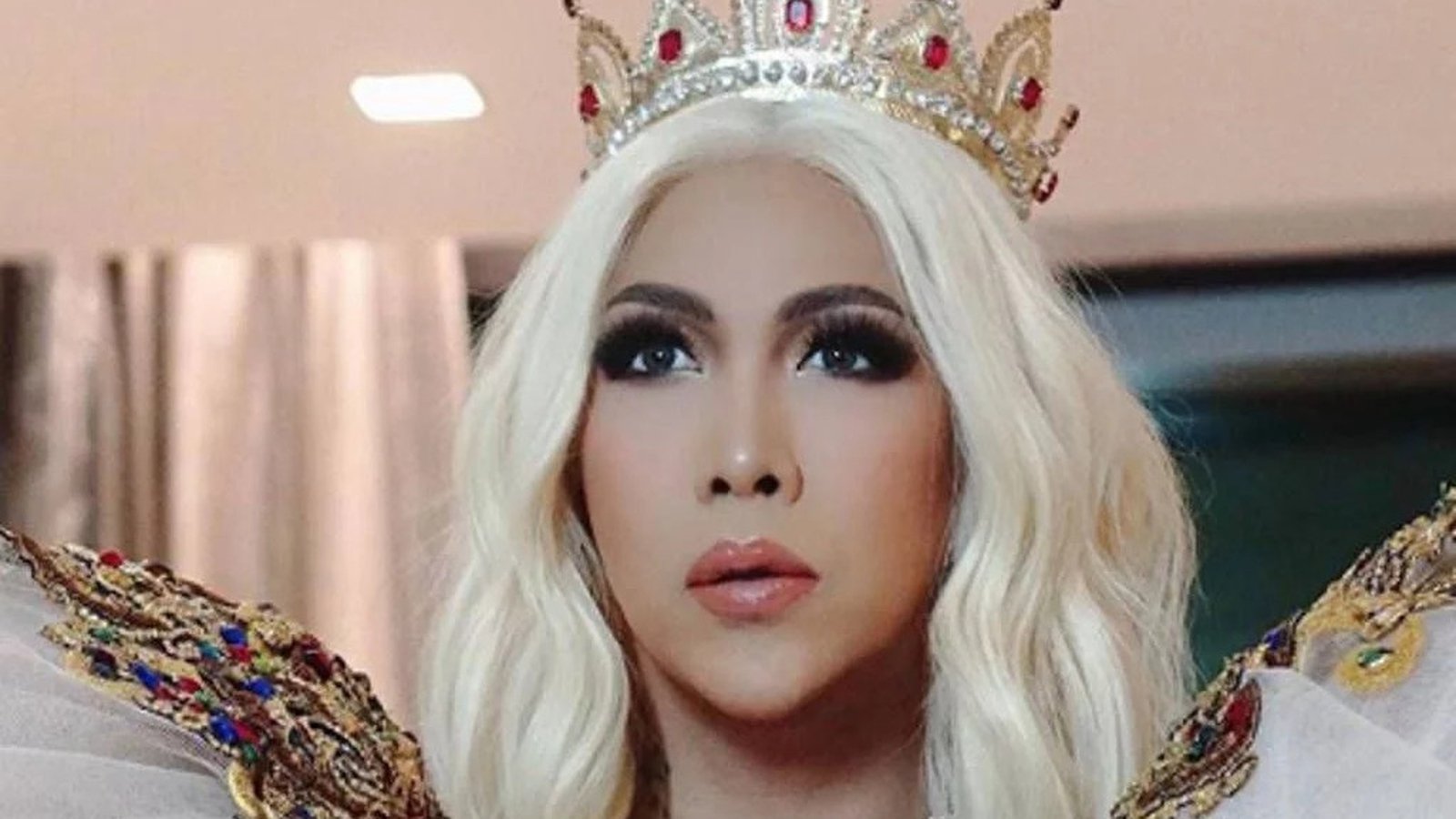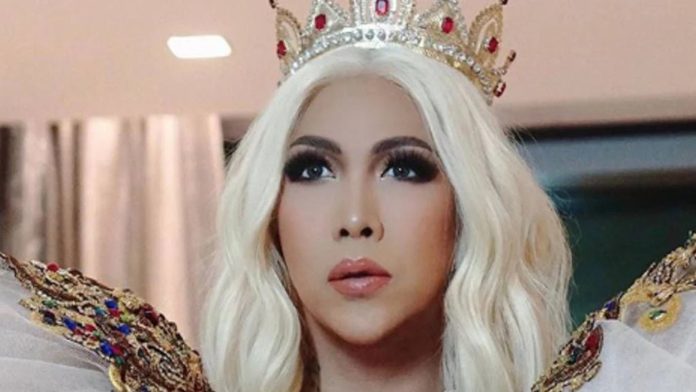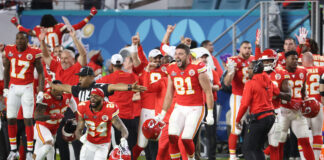
Opinion: despite liberal ideas and progressive rules, the Philippines has some way to travel with regard to tolerance for its LGBTQ citizens
Ireland is one of the most LGBTQ-friendly countries in the world. It was the first country to pass same-sex marriage through a national referendum in 2015, which made it one of the top five destinations worldwide for LGBT couples. This didn’t happen overnight: the country’s religious history and laws built around patriarchal notions in the early years affected its beliefs towards this commmunity. The catalyst occurred in 1993 when homosexuality was decriminalised, resulting in a rapid social change.
Things are not the same on the other side of the world. In the Philippines, protection and recognition of LGBT civil rights is lacking. Currently, there is still no national anti-discrimination law in place that can protect a person’s sexual orientation, gender identity or expression. This includes a lack of legal gender recognition rules, discrimination in accessing social services, education, labour, and employment, and non-recognition of same-sex partnerships and marriages.
A few local government units took matters into their own hands by implementing local anti-discrimination ordinances. However, this is not enough, as only approximately 28 out of 81 provinces and 1,637 cities and municipalities are protected against discrimination. The capital, Manila, only implemented its local ordinance in 2020.
We need your consent to load this YouTube contentWe use YouTube to manage extra content that can set cookies on your device and collect data about your activity. Please review their details and accept them to load the content.Manage Preferences
From One Down, how do Filipinos really feel about LGBTQ folk?
While the Philippine Constitution is clear about the separation of Church and State in moulding laws, some lawmakers are still affected by their religious beliefs when it comes to the passage of the anti-discrimination bill in the Senate. Boxing legend and devout Christian senator Manny Pacquiao is an opponent of some practices, such as cross-dressing, as it does not match his religious beliefs.
Like Ireland, the Philippines has been heavily influenced by religion, especially Catholicism. It has continued to be the dominant creed since its introduction to the country upon the Spaniard’s arrival in 1521. As of today, approximately 85% of the population are Catholics.
History books and accounts from Spanish historians have stated that the native Filipino’s sexual orientation, gender identity or expression during the pre-colonial era had no influence on one’s social status. Most native LGBT people were free to wear any clothing style and engage in same-sex relationships or sexual activities. LGBT women and natives held essential societal roles equivalent to the local leader’s status. These all changed when the Spanish missionaries introduced Catholic beliefs to the country.
We need your consent to load this YouTube contentWe use YouTube to manage extra content that can set cookies on your device and collect data about your activity. Please review their details and accept them to load the content.Manage Preferences
My Husband’s Lover
Despite liberal ideas and progressive rules around LGBT people in society, the Philippines is still catching up. It’s not a surprise that the Philippine media representation of the communuty also lags behind. For years, stereotypes such as comic relief, parlor gay, sexual deviants and boyish attitudes have dominated local films and television shows. This treatment thrived because it is what sells and it somehow got normalised, which led to the stagnancy of the representation.
However, a few media events in recent years have become a catalyst for change regarding societal perceptions of Filipino LGBTs. The first was the 2013 TV drama My Husband’s Lover, which featured the struggles of gays and transgender people trapped in situations brought about by societal pressure, such as heterosexual marriages.
The popularity of gay comedian Vice Ganda in the late 2000s is vital as he significantly influenced the normalisation of gay discussions in the mainstream media. Gay social media influencer Sassa Gurl became the 2022 calendar model of a local liquor brand, a first of its kind as the calendar commonly featured female models in the past. The rise of LGBT-themed commercials from 2015 also added to the community’s exposure on television and social media.
SASSA GURL MODEL VARIANT?
LOOK: Sassa Gurl is White Castle Whisky’s calendar model for 2022!
“Sinong nagsabing babae lang pwedeng maging Calendar Model?” the brand captioned their Facebook post.
: White Castle Whisky https://t.co/Jtza18kV8h pic.twitter.com/UNVNjIGVID
— Rappler (@rapplerdotcom) January 14, 2022
Social media can play a huge role in triggering the catalyst of societal change in the country. Filipinos are heavy internet users: 82.4% of its population is online for an average of 10 hours and 27 minutes every day. Several LGBT groups and allies use social media to share accurate information to educate people and spread awareness which helps them change the traditional beliefs about them.
Age can be a significant factor in the development of tolerance and acceptance of the gay community. A 2017 study measuring homonegativity in Southeast Asia found that older people in the Philippines tend to reject their lesbian and gay neighbours more than younger people. As Filipino youths are more open to change, social media advertisements can be an effective tool as the majority of social media ads are aimed at those between 18 and 24 years of age.
The media could be a powerful catalyst in moving Filipino society from old and traditional beliefs towards the gay community to more liberal, progressive and accepting views
While media projects centering on same-sex romance, such as boy love series (AKA BL series), have used the internet to provide inclusivity and reach more audiences, some issues have been raised regarding accurate representation. Some community members think it is better to cast an LGBT member to perfectly depict them onscreen, as some feel straight actors were only using the shows to become famous. Some are also calling for representation of lesbians, female bisexuals and transmen, as their existence in the Philippine mainstream media is almost nonexistent.
However, these problems are just the tip of the iceberg. Misrepresentation or lack of representation in media can reflect how they are also being neglected in society. Research suggests that social media and online advertisements directed to young audiences can potentially be effective if one wants to impart essential information.
If used right, the media could be a powerful catalyst in moving Filipino society from old and traditional beliefs towards the gay community to more liberal, progressive and accepting views. This could then translate to their protection, whether in the passage of the national anti-discrimination law or just in their regular day-to-day activities, knowing that they are living in a society which accepts them.
The views expressed here are those of the author and do not represent or reflect the views of RTÉ










